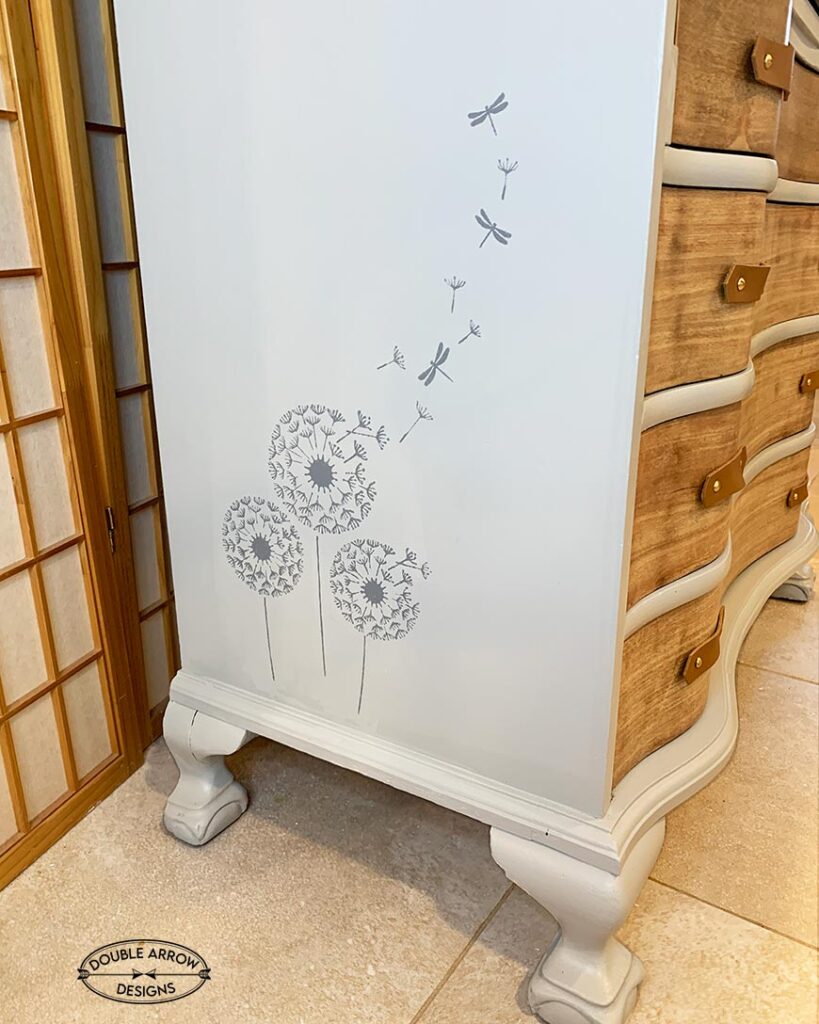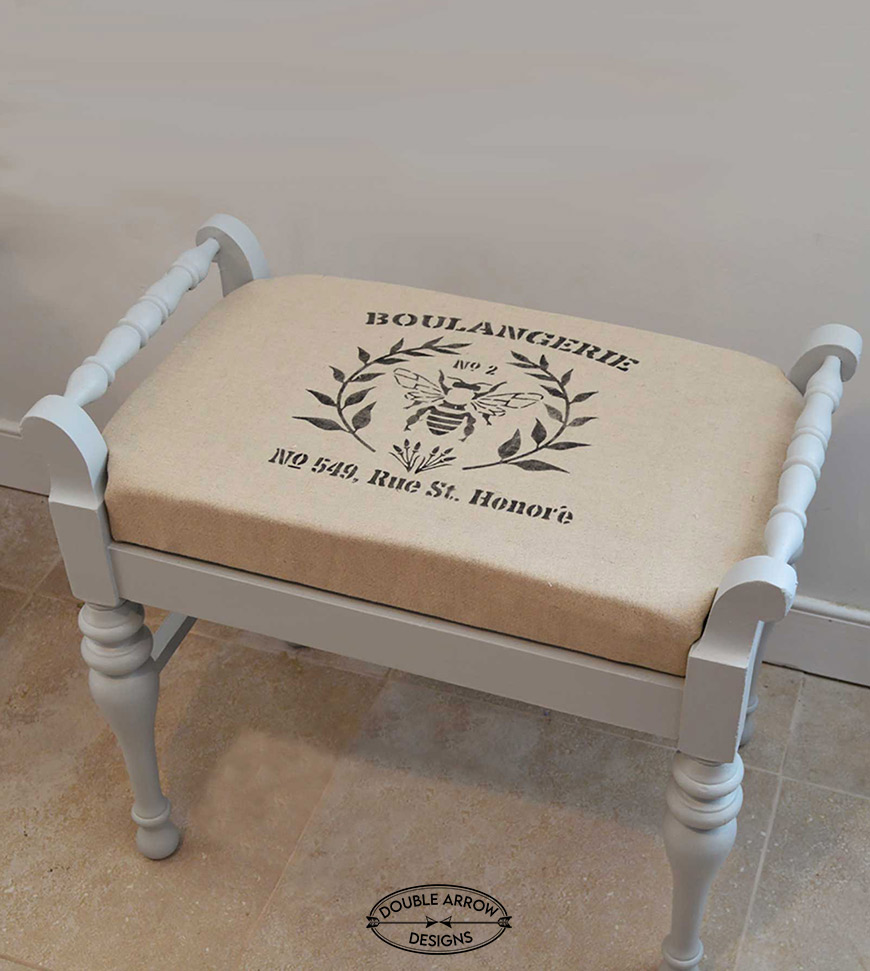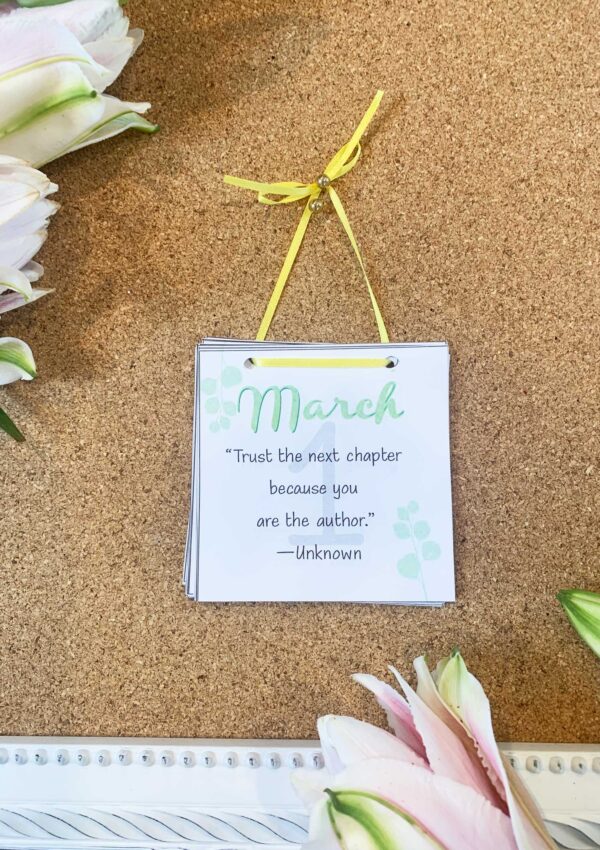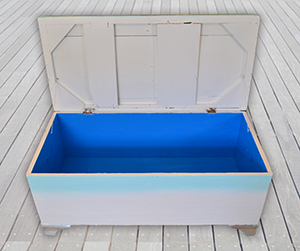I have created these 9 inspiring furniture stencil ideas that can be used on any furniture project. Take a look below for some of my projects where I have used these stencils. Now you re ready to accomplish your next project with these free furniture stencils.
My blog periodically contains affiliate links meaning that if you make a purchase, I might make a small commission at no extra charge to you. Purchases made through them are greatly appreciated.

Table of Contents
Furniture stencils
These are great for furniture stencil ideas! Use one, or a few, change the sizes and create your own layout. Download the below and use them for your own personal use.
Easy to download and use on your next furniture project! Below you can download for free 5 of my 9 stencils, the other ones you can find on my Etsy store.
NOTE* Don’t have a Cricut or Silhouette to create your own stencil from these downloads? No problem! use the files and upload to a stencil on demand website and have them deliver your stencil to you!
Furniture stencil idea used on a desk makeover
Take a look at some finished results using the furniture stencil designs I have created. The first stencil shown was used for my latest project Old Desk Makeover- Bland to Boho! where I created a large circle stencil template in a starburst design. I used the full starburst on the sides of my desk and a large half of the sunburst stencil on the top.

Dandelion furniture stencil
This dandelion stencil was used on a Secretary desk, check out the post here How to Refinish A Secretary desk. I designed this dandelion design that metamorphoses into dragonflies in the wind to depict freedom and change.

Medallion Stencil
This was one of my first stencils that I designed and I used it on fabric for a pillow. Stencils for Pillows. The ombre paint gave this stencil a whole new look. Other furniture stencil ideas for this would be for a painted furniture project or even on wood stairs!

French Inspired Stencil
I created this one on How To Repurpose An Upholstered Bench. This can also be used as stencils for wood furniture. I can see using this furniture stencil ideas on the front of a drawer or on a desktop. or even a stool. You can find this on my Etsy shop.

Bee Inspired stencil


FREE FOR PERSONAL USE
I created this one with my niece Taylor you can check out the post with the process here. I created a stencil that when laid next to each other creates an allover bee print that we used inside the drawer. Then I took a solo bee to use on the side of the table using Modern Masters metallic paint.

Material used to make furniture stencils
There are three go to materials that I have used for my furniture stencils when working on a project.
First of all clear contact paper works terrific and is easy to cut through and isnt expensive. the downside to contact paper is that it’s pretty thin and you have to be mindful when applying to your surface. I usually start with a corner and peel the backing away as I smooth it on.

clear acetate sheets- heavier so make sure that your settings on your machine are appropriately set. Once cut, I use a light coating of spray adhesive to give it a sticky backing to adhere to my surface. However these are reusable so once you cut a stencil you can use it over and over again.

Vinyl which can be cut then peel backing off as you adhere to your surface.

Free Furniture stencils below!
Sign up and you can download these 5 stencils for free! Just subscribe then download the zip file and expand. These PNG files. They are ready to be used for your cutting machine, or stencil on demand site.
All my subscriptions help me understand what my readers want. I will not send out pesky emails and bother you. I promise! and if you find that I am then you can easily unsubscribe. I appreciate your help, allowing me to understand my users.
How do you stencil on wood furniture?
Once you choose the material for your stencil, place on desired area. It’s not always possible, but when it is turn your piece so that your stenciled surface it facing up. This is a much better way to see and apply paint this way.
Plae a portion of your paint into a container. I like to do this so I am not dipping my brush into my full jar of paint which may contaminate it with. By using smaller amounts your paint goes a long way.
Once your dip your rush into the paint, I use a cloth or paper towel and wipe excess paint until brush has minimal paint on it.
Then in a downward motion I apply the paint. Avoid back and forth strokes which may cause paint to bleed under the stencil. I usually apply 2-3 coats before I achieve my desired coverage.

How do you stencil on wood without bleeding?
Bleeding occurs when too much paint it place on the surface and has nowhere to go but under the stencil surface. Believe me! this has happened with me. a few pointers to avoid this happening are as follows:
- As I have said above wipe any excess paint off brush before starting to apply on stencil, keep strokes in a downward motion to avoid pushing paint under stencil
- Another technique is brushing on mod podge around stencil edges to create a barrier stencil to surface, then paint stenciled areas.
- If a bleed occurs, then go back with furniture color and clean up edges with a small pointed brush, not ideal but a good way if a small bleed has occurred. This happened in my dandelion stencil and by using the paint color I used on the secretary desk I achieved the sharp edges I wanted.

Related posts
Take a look at some additional posts where I have used stencils on my projects. Not only can you use these stencils on furniture, but they have been so useful on additional projects. Take a look below.










Leave a Reply